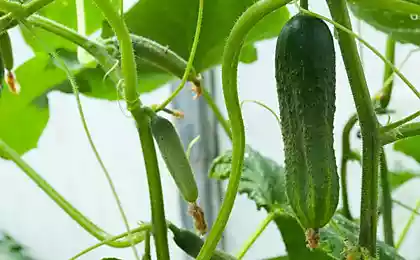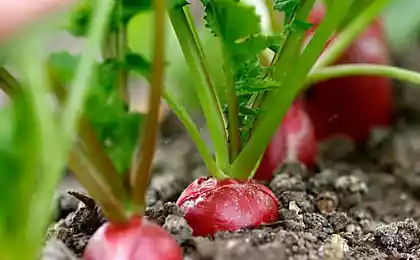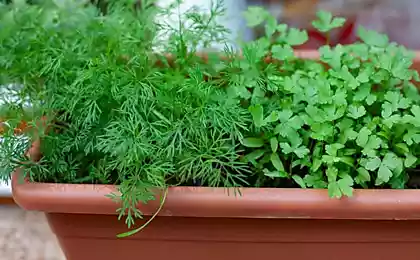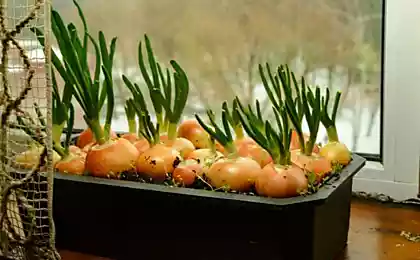352
How to grow a kumquat tree on the windowsill
An evergreen tree of the genus Fortunella, dubbed the Chinese - "kumquat", which means "Golden Apple". The Japanese call it "kinkan", which means "Golden orange".
Small spool but the roadsIn Europe, the plant was imported in the 19th century. And now it's attractive because of the abundance of small orange fruit plant can be found in the homes of lovers of exotic plant. We found a lot of naturally and artificially bred hybrids with other citrus — lime, Mandarin, orange. Fruits kumquat the smallest among all citrus.
Kumquat tree has many virtues: it is quite compact and petite for indoor growing, has a dense crown with a decorative medium-sized leaves, beautiful, flowers white-pink color, and actively fruiting. How can you not love this plant!
The kumquat fruits are very tasty and fragrant, they contain a lot of vitamins and essential oils. So the use of this plant is obvious.
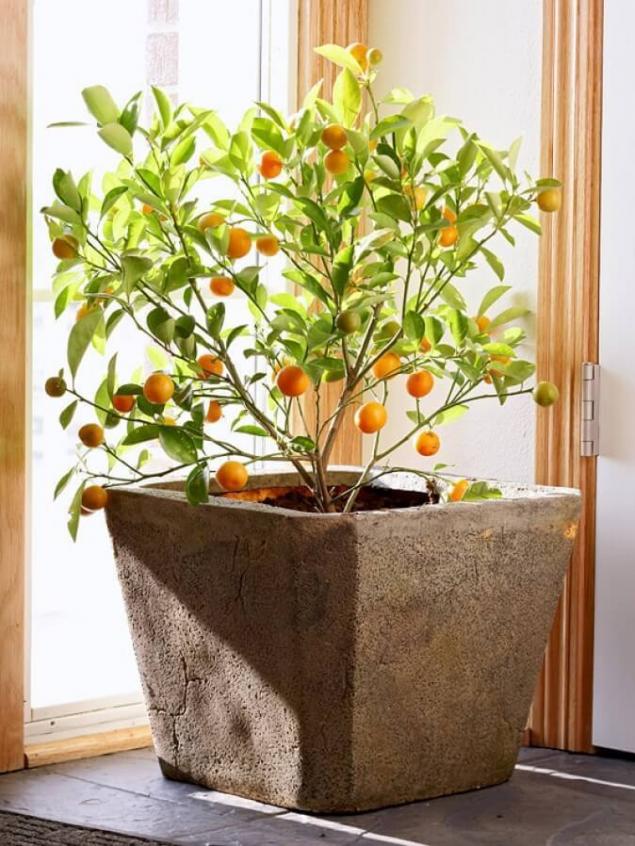
Less is moreIn home kumquat tree can достигнуть1,5 m. To the plant was a compact, it is necessary to limit the size of the container. In room culture can grow all varieties of plants, and you can also grow a hybrid with Mandarin. The most common varieties of Naga, Maeve, Marumi. These varieties can withstand temperatures of up to -12-S.
Bloom "encore"kumquat Flowering occurs in July-August and lasts up to 7 days. Repeated flowering can occur in 2-3 weeks.
Flowering kumquat, and other citrus, should be regulated. The fruits ripen in winter, in January.
IlluminationIn summer, kumquat tree should be protected from active and direct sunlight. In winter, on the contrary, it is necessary to strive for maximum natural light and direct sunlight.
The pot is placed on the South window. It will be useful and artificial lighting.
TemperatureFavorite kumquat temperature regime varies from very hot summer to cool winter. But to be protected from excessive heat by day and hypothermia at night all it should be. In the summer of kumquat often travel in the garden and have fresh air.
As the overtemperature protection is used prikapyvayut pot in the ground, mulching with grass, peat or manure, the use of the insulating material.
HumidityKumquat prefers moist air. When excessive dryness in the air it may lose leaves or get sick. Humidity is kept constant by spraying the crown with water at room temperature, installing next to a radiator water containers or installing a humidifier.
WateringWatering should be regular to maintain soil moisture in spring — twice a day, every day in the summer, and in winter very sparingly, once a week. Pour only warm water. Otherwise the leaves turn yellow and may drop.
FertilizingFertilize the plant from spring to fall 2-3 times a month in winter, once is enough. But, nevertheless, to adjust the timing of feeding should be the size of the container, the size and age of the trees. For dressing use a solution of fertilizer, a wood ash solution, and in the summer while in the garden, and the mortar slurry.
TransplantTransplant a kumquat once in 2-3 years, handling more volume in the pot. Drainage is required. After transplantation abundantly watered and placed the plant in a warm, lightly shaded spot. Soil mix for kumquat amount of sod land, fertile soil, rotted manure or leaf humus and sand. For young plants use a lighter soil mix, and fruit — more severe. published
Author: Galina Tarasova
P. S. And remember, only by changing their consumption — together we change the world! ©
Join us in Facebook , Vkontakte, Odnoklassniki
Source: sazhaemvsadu.ru/vyrashhivanie-kumkvata-na-podokonnike/
Small spool but the roadsIn Europe, the plant was imported in the 19th century. And now it's attractive because of the abundance of small orange fruit plant can be found in the homes of lovers of exotic plant. We found a lot of naturally and artificially bred hybrids with other citrus — lime, Mandarin, orange. Fruits kumquat the smallest among all citrus.
Kumquat tree has many virtues: it is quite compact and petite for indoor growing, has a dense crown with a decorative medium-sized leaves, beautiful, flowers white-pink color, and actively fruiting. How can you not love this plant!
The kumquat fruits are very tasty and fragrant, they contain a lot of vitamins and essential oils. So the use of this plant is obvious.

Less is moreIn home kumquat tree can достигнуть1,5 m. To the plant was a compact, it is necessary to limit the size of the container. In room culture can grow all varieties of plants, and you can also grow a hybrid with Mandarin. The most common varieties of Naga, Maeve, Marumi. These varieties can withstand temperatures of up to -12-S.
Bloom "encore"kumquat Flowering occurs in July-August and lasts up to 7 days. Repeated flowering can occur in 2-3 weeks.
Flowering kumquat, and other citrus, should be regulated. The fruits ripen in winter, in January.
IlluminationIn summer, kumquat tree should be protected from active and direct sunlight. In winter, on the contrary, it is necessary to strive for maximum natural light and direct sunlight.
The pot is placed on the South window. It will be useful and artificial lighting.
TemperatureFavorite kumquat temperature regime varies from very hot summer to cool winter. But to be protected from excessive heat by day and hypothermia at night all it should be. In the summer of kumquat often travel in the garden and have fresh air.
As the overtemperature protection is used prikapyvayut pot in the ground, mulching with grass, peat or manure, the use of the insulating material.
HumidityKumquat prefers moist air. When excessive dryness in the air it may lose leaves or get sick. Humidity is kept constant by spraying the crown with water at room temperature, installing next to a radiator water containers or installing a humidifier.
WateringWatering should be regular to maintain soil moisture in spring — twice a day, every day in the summer, and in winter very sparingly, once a week. Pour only warm water. Otherwise the leaves turn yellow and may drop.
FertilizingFertilize the plant from spring to fall 2-3 times a month in winter, once is enough. But, nevertheless, to adjust the timing of feeding should be the size of the container, the size and age of the trees. For dressing use a solution of fertilizer, a wood ash solution, and in the summer while in the garden, and the mortar slurry.
TransplantTransplant a kumquat once in 2-3 years, handling more volume in the pot. Drainage is required. After transplantation abundantly watered and placed the plant in a warm, lightly shaded spot. Soil mix for kumquat amount of sod land, fertile soil, rotted manure or leaf humus and sand. For young plants use a lighter soil mix, and fruit — more severe. published
Author: Galina Tarasova
P. S. And remember, only by changing their consumption — together we change the world! ©
Join us in Facebook , Vkontakte, Odnoklassniki
Source: sazhaemvsadu.ru/vyrashhivanie-kumkvata-na-podokonnike/

